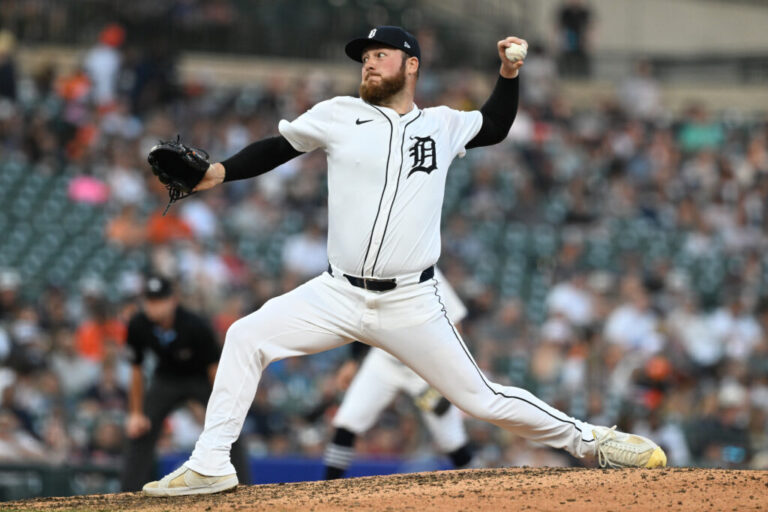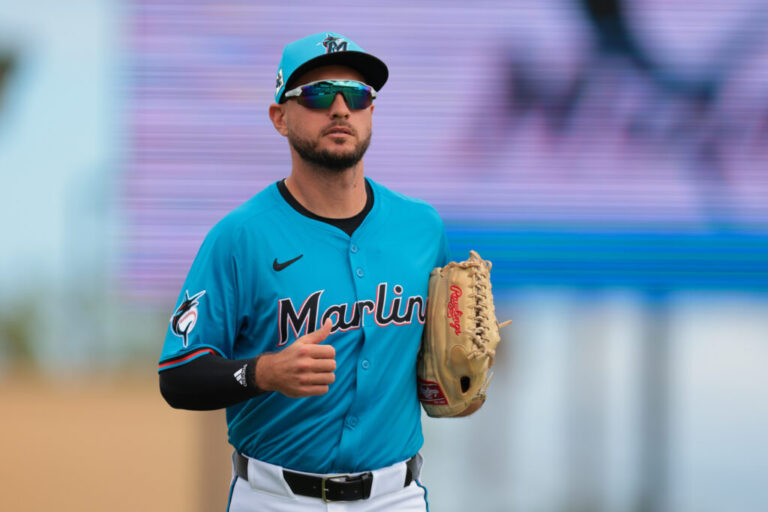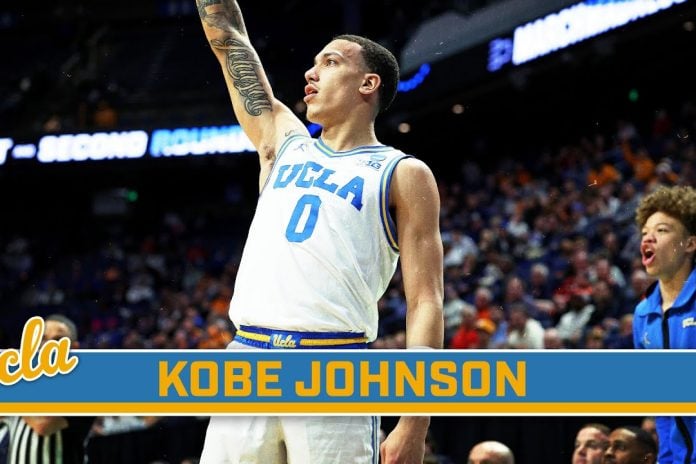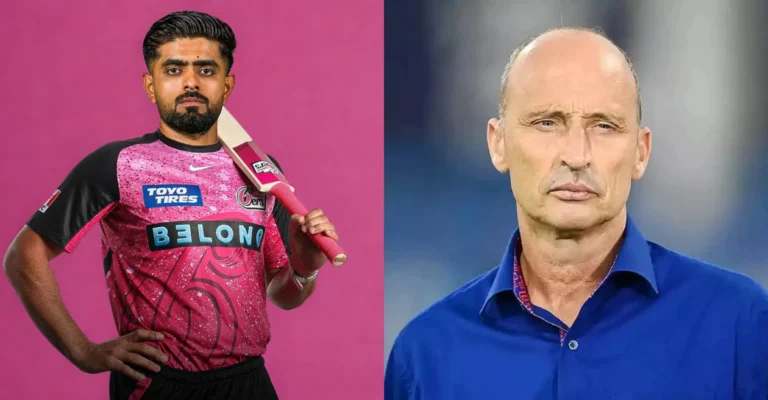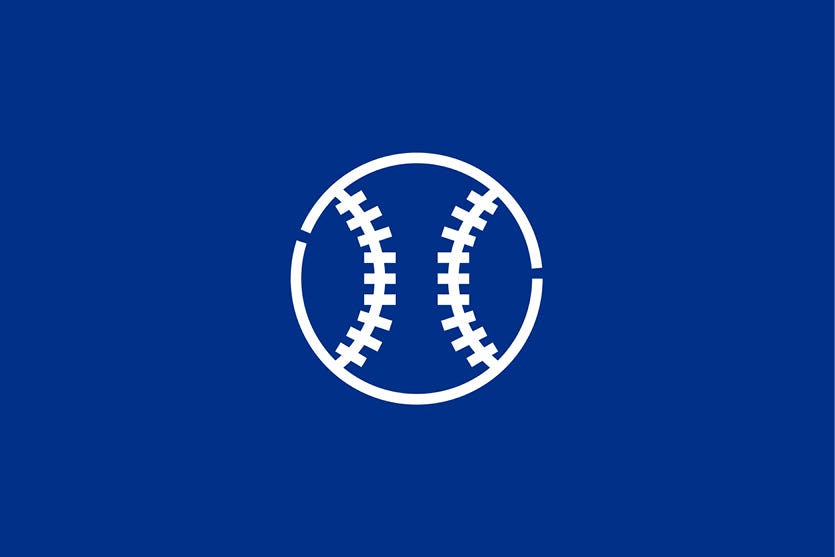

This newsletter is devoting several months to an examination of past greatness. It’s focusing on history’s top 50 ballclubs — collectively known as the Best 50 — as determined by my new book, Baseball’s Best (and Worst) Teams. We’ve reached No. 31 on the all-time list, the 1937 New York Yankees.
Here’s a quick boilerplate explanation that I’m appending to every story in this series:
I compiled the Best 50 by analyzing 2,544 major-league teams from 1903 to 2024. Those clubs have been ranked by their team scores (TS), which are plotted on a 100-point scale. (A given club’s all-time percentile is the percentage of the other 2,543 teams that it outperformed.)
See my book for an explanation of my TS calculations. The book also offers separate breakdowns of the best and worst clubs for every decade and franchise, comprehensive profiles of the Best 50 (including position-by-position lineups and much more information than you’ll find in this newsletter), and similar summaries of the 10 worst teams of all time.
Now on to today’s profile.
-
Team: 1937 New York Yankees
-
Team score: 86.498 points
-
All-time rank: 31 of 2,544
-
All-time percentile: 98.82%
-
Season record: 102-52 (.662)
-
Season position: First place in American League
-
Final status: World champion
The 1937 version of the Yankees appeared to be a carbon copy of the 1936 model. Both clubs won 102 games, scored more runs than any other American League team, and took permanent possession of first place in May.
But there were two profound differences. Joe DiMaggio and Lefty Gomez emerged as catalytic players in 1937. DiMaggio boosted his base value from plus-68 in 1936 to plus-185, while Gomez soared from plus-37 to plus-199.
DiMaggio, who had spent much of his rookie season in left field, now roamed center. He batted .346 and demonstrated dazzling skill with his glove and right arm. “He does things day after day that you never saw done before,” marveled catcher Bill Dickey, a nine-year veteran.
Gomez, who had posted only 13 victories in ’36, rebounded dramatically to a 21-11 record. He won the pitching Triple Crown.
The Yankees locked down the AL pennant with a red-hot summer. They went 57-25 in their 82 games from the start of June through the end of August.
Get the complete lowdown on the 50 greatest (and 10 weakest) clubs of all time
The Yankees repeated their 1936 American League pennant in 1937, and the Giants did the same in the National League. They set the stage for another intracity World Series.
The Giants had improved their regular-season record by three wins, raising their hopes for a better performance in the ’37 series. They actually did worse. The Yankees annihilated their crosstown rivals by identical 8-1 scores in Games One and Two. Lefty Gomez pitched a complete game and drove home the winning run to clinch the title in Game Five.
Giants manager Bill Terry acknowledged the clear superiority of the Yankees. “They beat us,” he said, “just like they beat all of the clubs in their own league.”
A new installment will arrive in your email each Tuesday and Friday morning
The Yankees adjusted their lineup in minor ways in 1937. Joe DiMaggio and Jake Powell had patrolled left and center field, respectively, for much of 1936. They flipped in the new season. A broken collarbone kept right fielder George Selkirk on the sidelines for two and a half months. Understudy Myril Hoag batted .301.
DiMaggio came close to winning the Triple Crown in just his second year in the majors. He topped the American League with 46 home runs, finished second in runs batted in (167) and ranked third in batting average (.346). Lou Gehrig, the ever-reliable first baseman, outhit DiMaggio at .351, though he trailed slightly in the remaining categories (37 homers, 158 RBIs).
Another New York player did win a different Triple Crown in 1937. Lefty Gomez led all American League pitchers in wins (21), earned run average (2.33), and strikeouts (194). Gomez was unflappable, never at a loss for words. His teammates would be rendered speechless when an ill Lou Gehrig benched himself in 1939, terminating his consecutive-game streak. Only Gomez spoke up. “Hell, Lou, it took 15 years to get you out of the lineup,” he said. “Sometimes I’m out in 15 minutes.” Everyone laughed, including Gehrig.
Manager Joe McCarthy had spent three years grooming Johnny Murphy as a spot starter, but Murphy lacked the necessary durability. McCarthy began using him almost solely as a reliever in 1937, and the move paid dividends. The bullpen ace won 13 games and saved 10. “We never would have held first place without Murphy,” said McCarthy. Gomez wittily echoed the sentiment, attributing his own success to “clean living, a fast outfield, and Johnny Murphy.”
